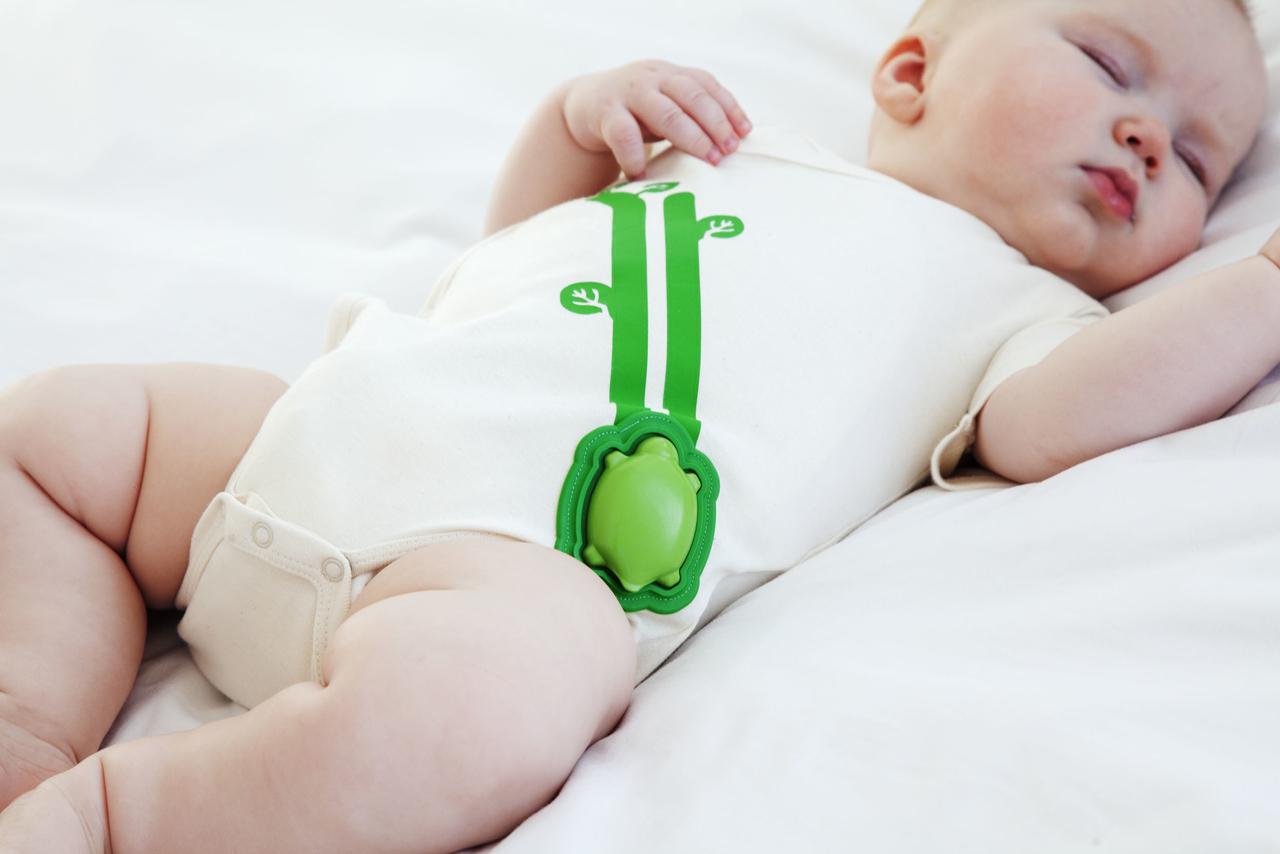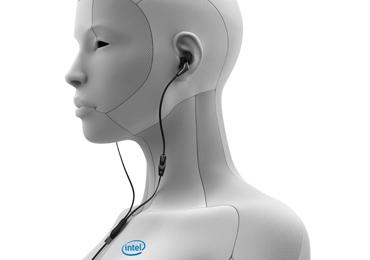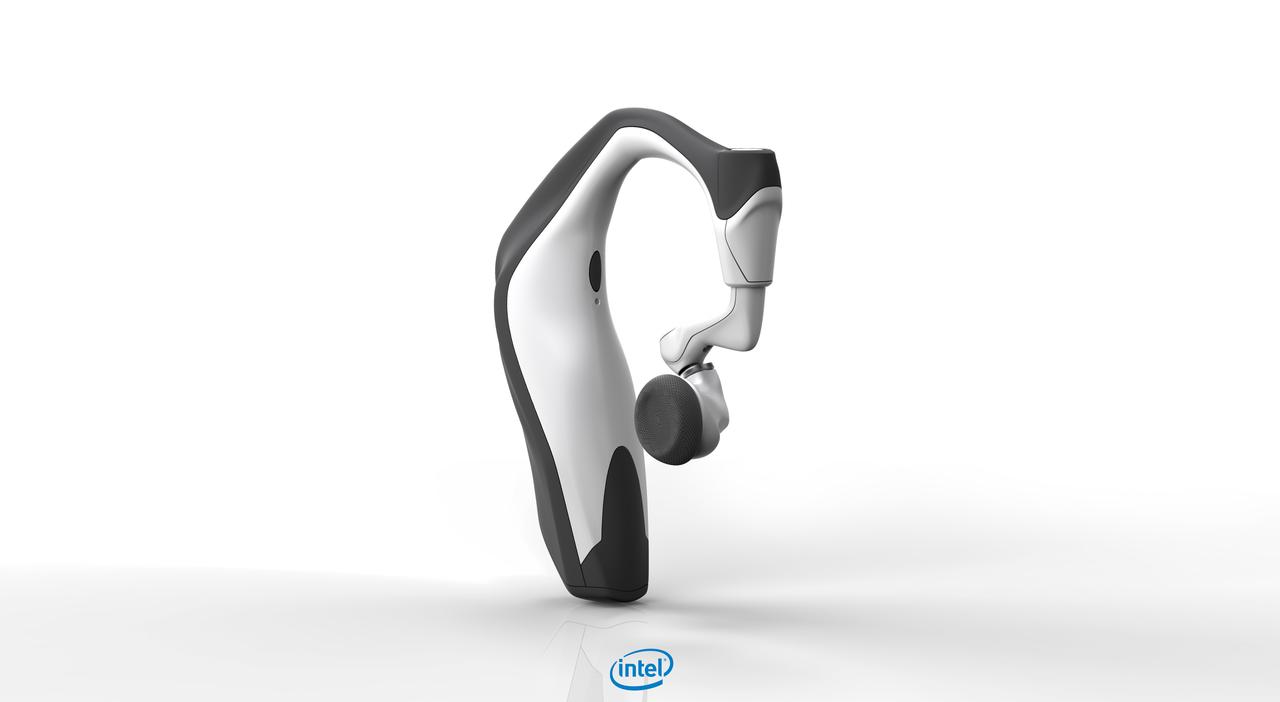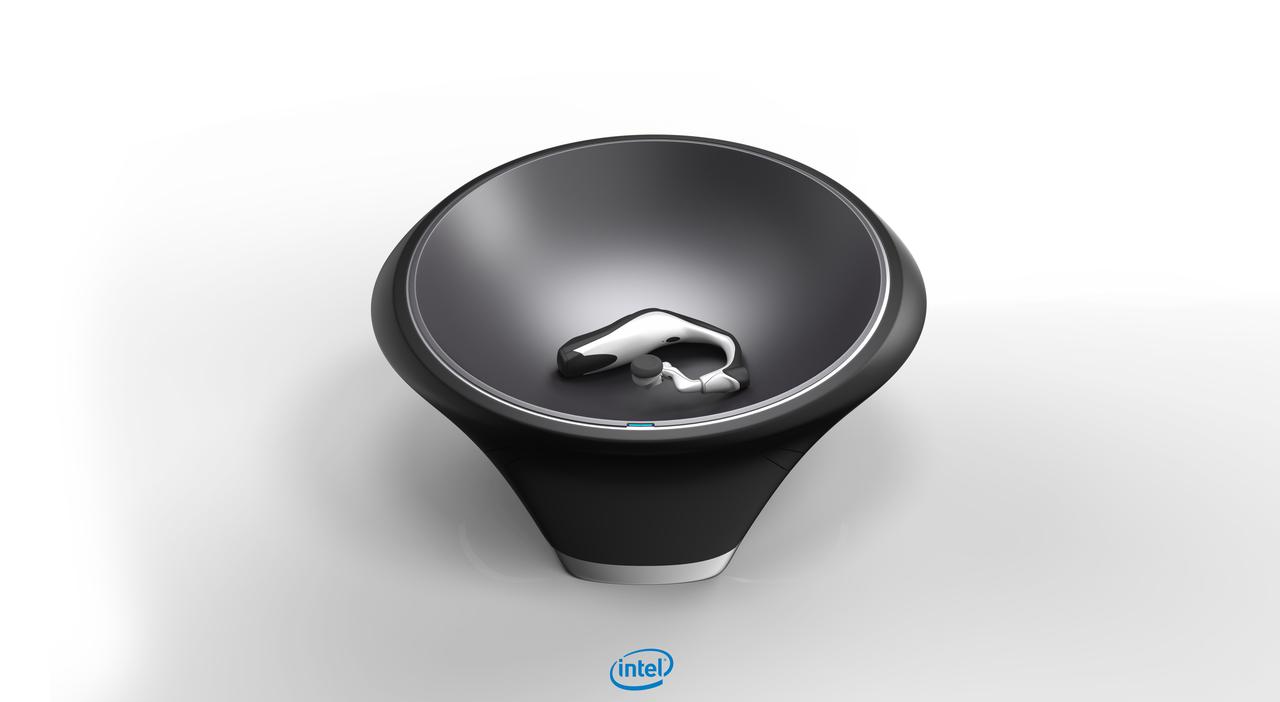Intel Unleashes A Series Of Wearable Technology Concept Designs
As expected, Intel went all out with wearable technology at CES 2014. But instead of huddling around smartwatches and smart glasses like almost everyone else, Intel opted to go with a more subdued route and focus on simpler applications.
Intel's vision of a wearable technology future revolves around its rather new Quark chip. Unveiled in September, the chip is manufactured by a 22 nm process and boasts of an ultra-small size paired with low-power needs, perfect for wearable devices. Intel is now unveiling a few reference designs for accessories that are powered by Intel Quark.
Intel Edison might not look like much, but this card the size and shape of an SD card is actually an almost complete compute package. Along with Quark, Edison also incorporates WiFi and Bluetooth LE connectivity, LPDDR2 memory, and NAND flash storage. This computing device has been incorporated into designs for new baby monitors from Rest Devices' Mimo Baby line. This includes a onesie that embeds Edison for monitoring the baby's health and status. A bottle warmer, also driven by Intel Edison, communicates with the onesie and automatically starts warming up the bottle when the baby is detected to be awake and hungry. A smart coffee mug, on the other hand, will alert parents should any problem be detected.
Intel has also revealed reference designs for audio accessories that it considers to fall under the wearable technology category. Aside from delivering full stereo audio, Intel's smart earbuds also monitor your vitals such as heart rate and pulse. These pieces of information can be sent to fitness apps which, together with other exercise data, can be used to draw up the perfect workout as well as the most appropriate exercise music. A smart headset, on the other hand, tries to take hands-free operations to a higher level by directly integrating with personal assistant technologies. This headset can then be charged in a smart wireless charging bowl, also a reference design, that can charge multiple devices without the need for exact placement or alignment, thanks to magnetic resonance technology.
Of course, all of these are simply demonstrations or reference designs that will still take a while before materializing as commercial products. It does show how serious Intel is in making its presence felt in the field of wearable technology, especially after so far failing to leave its mark in mobile devices, particular smartphones.






